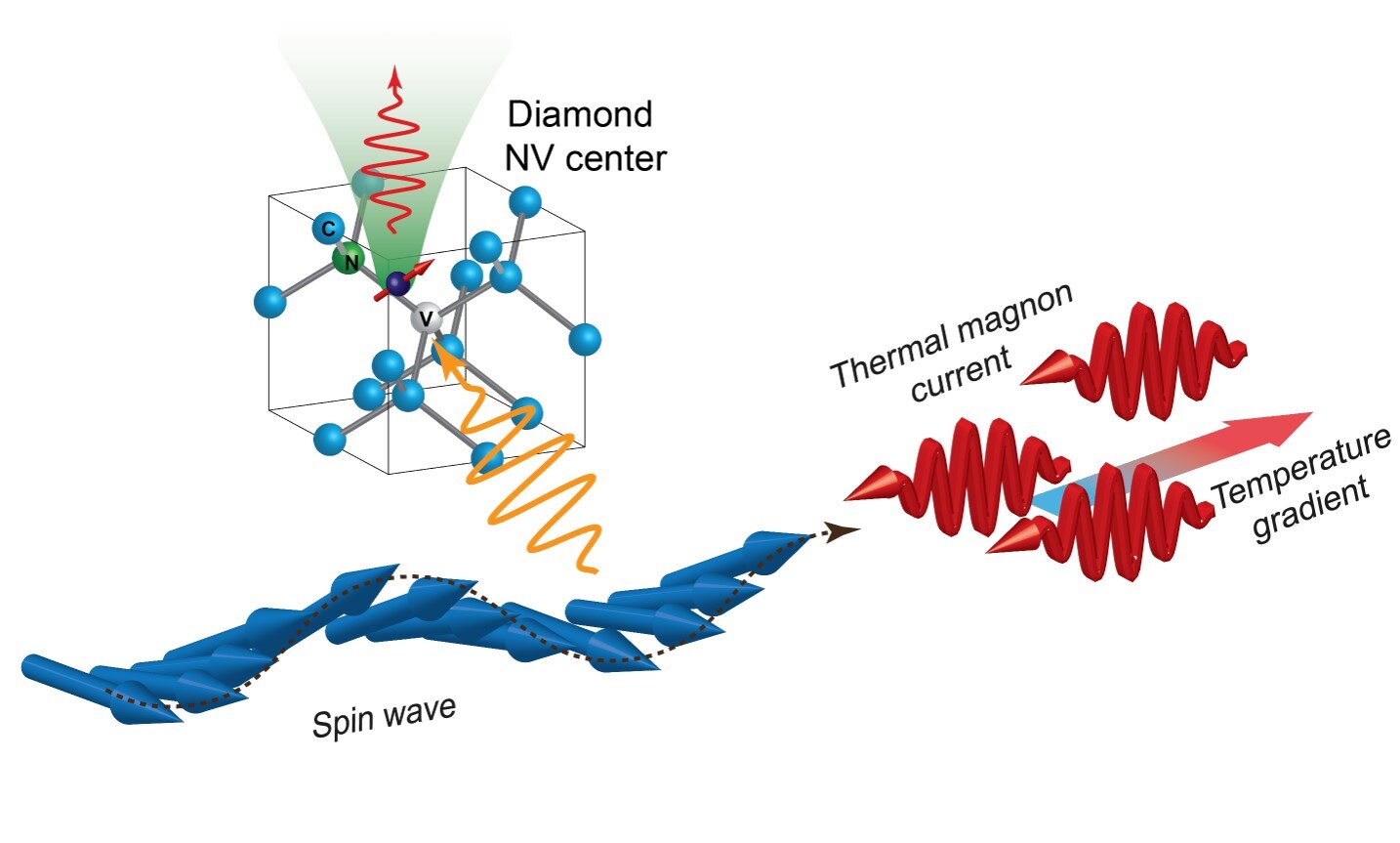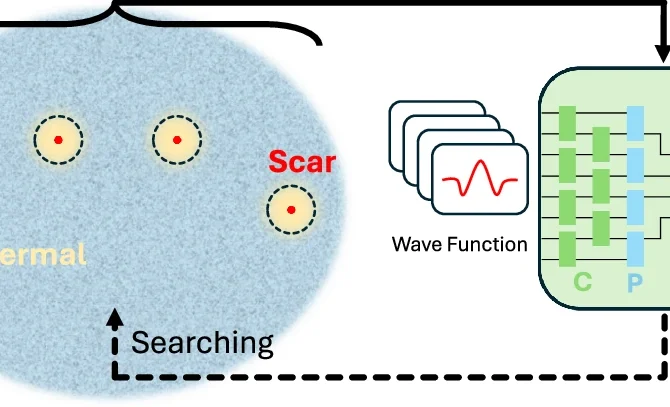MIT researchers have achieved what may be the strongest nonlinear light-matter coupling ever observed in a quantum system, potentially revolutionizing quantum computing speed. This breakthrough could enable quantum computers to perform operations and readouts in just a few nanoseconds, addressing a critical bottleneck in quantum computing development.
Led by Yufeng “Bright” Ye and Professor Kevin O’Brien, the team developed a novel “quarton coupler” that creates nonlinear coupling approximately 10 times stronger than previous efforts. This specialized superconducting circuit facilitates significantly enhanced interactions between qubits—the fundamental building blocks of quantum computers.
The quarton coupler works by connecting two superconducting qubits on a chip, with one qubit serving as a resonator and the other as an artificial atom storing quantum information. As researchers feed more current into the coupler, it generates increasingly powerful nonlinear interactions, which are essential for running most quantum algorithms.
This stronger coupling is particularly crucial because qubits have limited lifespans, known as coherence time. With enhanced coupling strength, quantum processors can operate faster and with lower error rates, enabling more operations during each qubit’s functional lifespan. This means more rounds of error correction can be performed, significantly reducing computational errors.
For quantum readout—the process of determining a qubit’s state—researchers typically shine microwave light onto a qubit and measure the resulting frequency shift. The quarton coupler dramatically improves this process through strengthened nonlinear light-matter coupling between the qubit and resonator.
The team also demonstrated exceptionally strong matter-matter coupling, another crucial interaction type for quantum operations. While this is currently a fundamental physics demonstration rather than a deployment-ready system, the researchers are already working on additional components to create readout circuits that could be incorporated into larger quantum systems.
The ultimate goal is to help scientists build a fault-tolerant quantum computer—essential for practical, large-scale quantum computation that could unlock revolutionary capabilities in fields like materials science and artificial intelligence.
Reference: “Near-ultrastrong nonlinear light-matter coupling in superconducting circuits” by Yufeng Ye, Jeremy B. Kline, Alec Yen, Gregory Cunningham, Max Tan, Alicia Zang, Michael Gingras, Bethany M. Niedzielski, Hannah Stickler, Kyle Serniak, Mollie E. Schwartz and Kevin P. O’Brien, 30 April 2025, Nature Communications. DOI: 10.1038/s41467-025-59152-z




